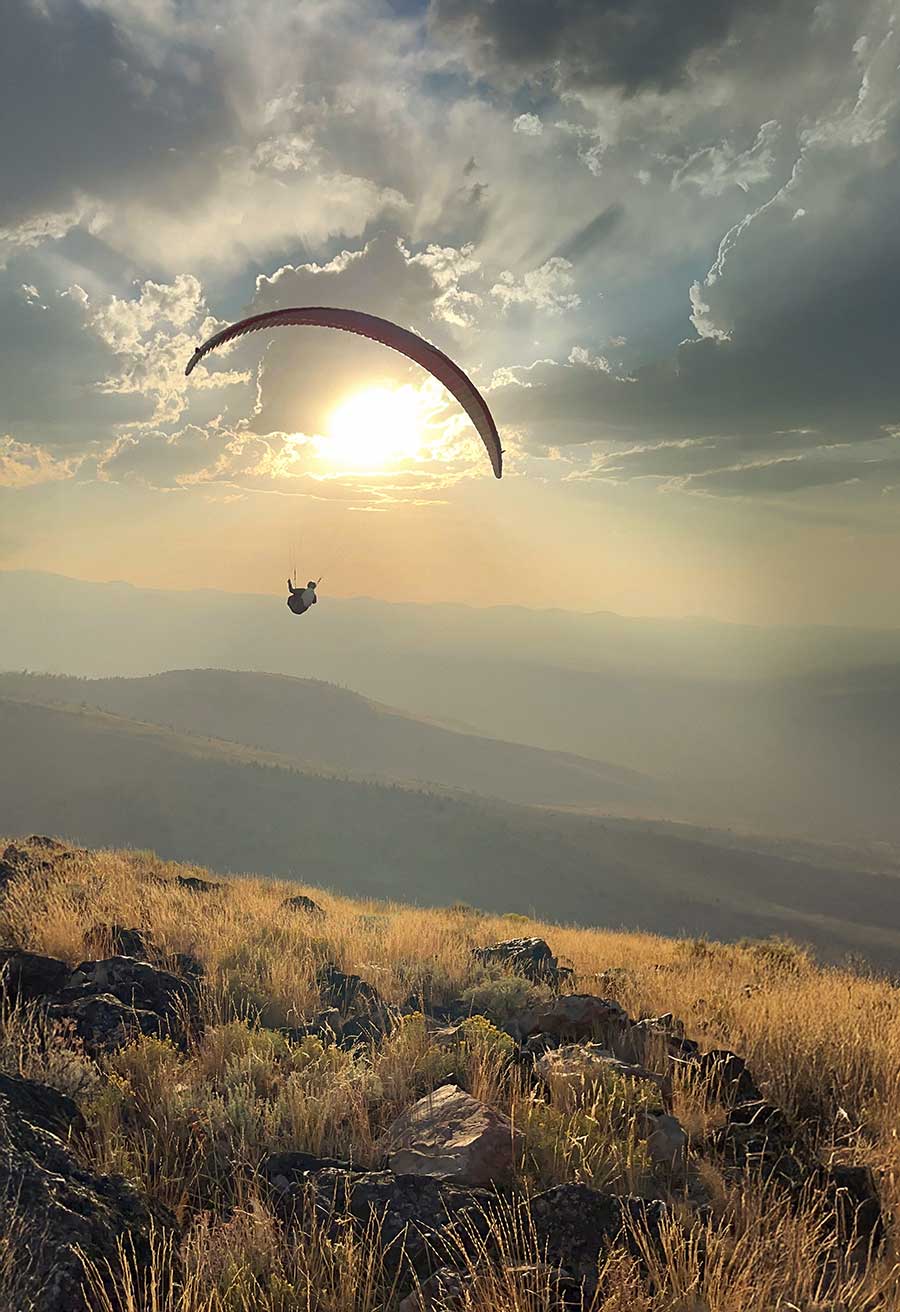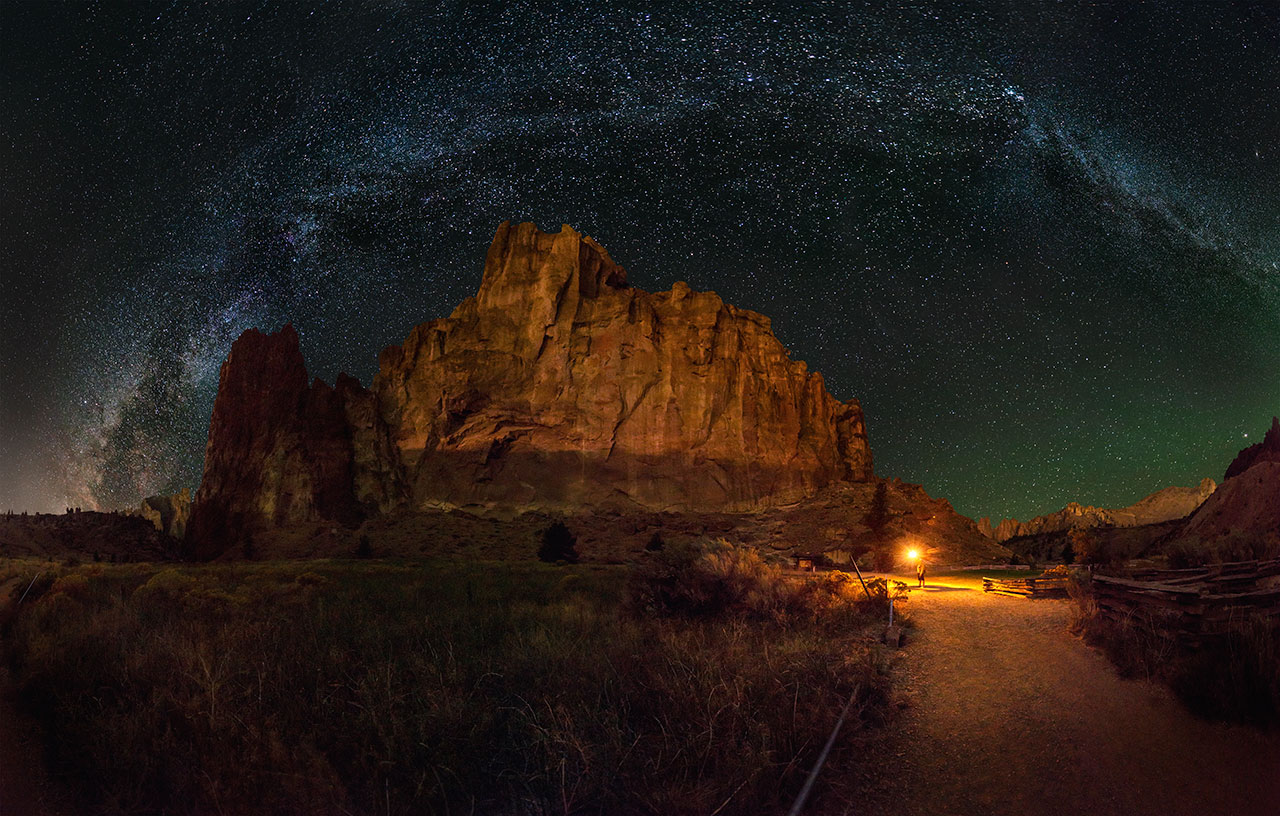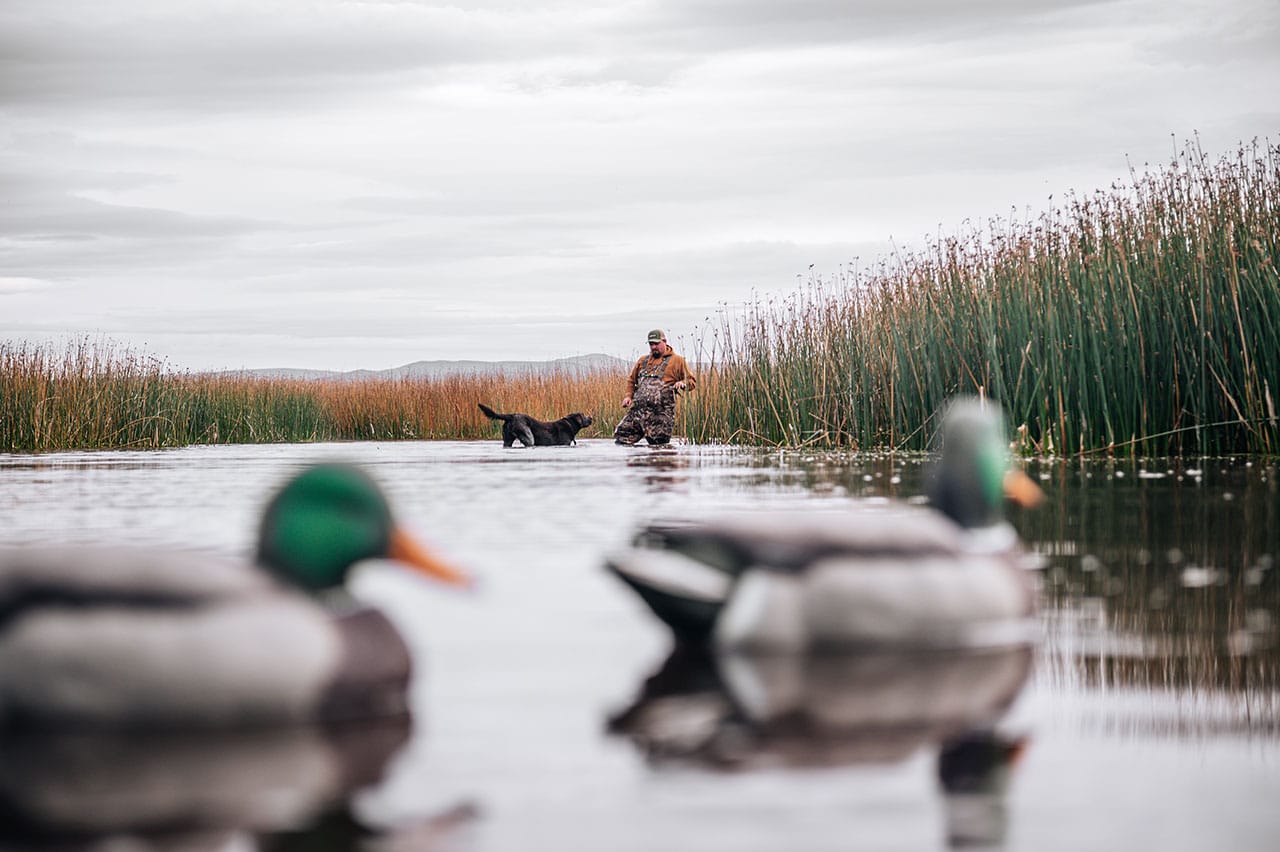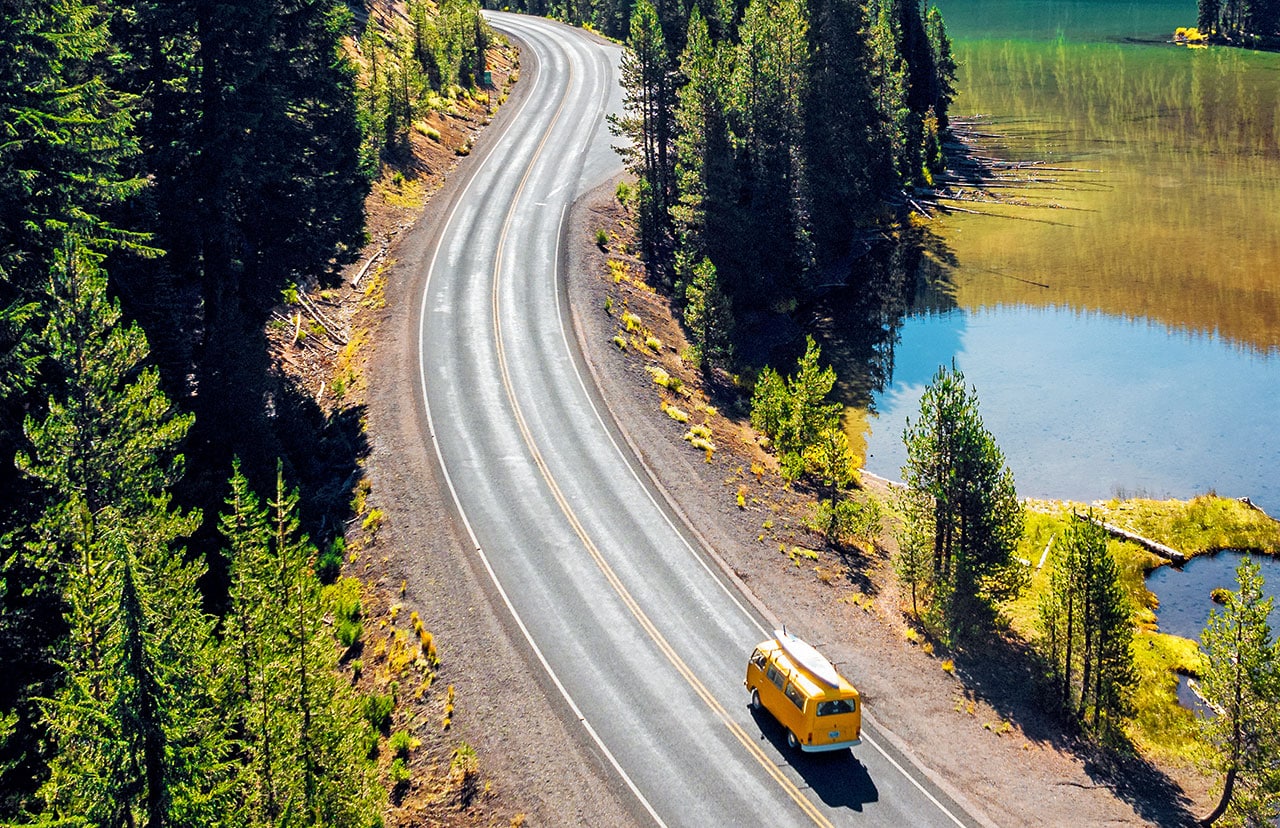They say geology is the study of pressure and time. Lucky for the rockhounds in Central Oregon, geological time is on our side.
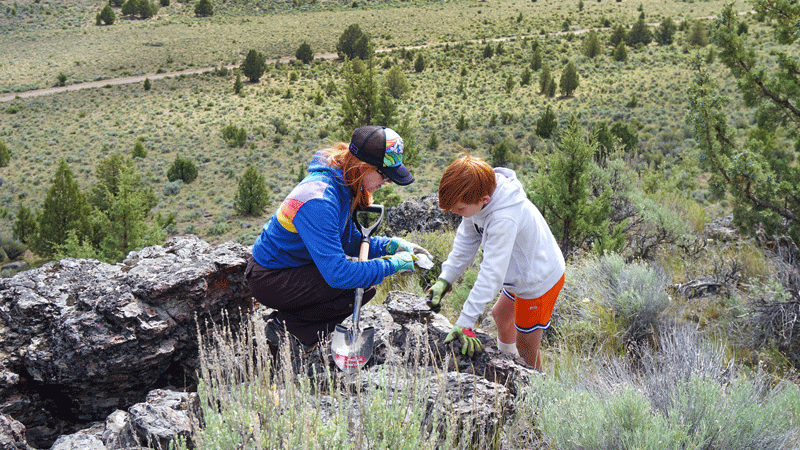
In certain circles, Central Oregon has long been known for rockhounding. Since the pandemic, local rockhounding is on the rise, and for good reason: our region is home to arguably some of the best rocks in the country. From agates to obsidian to the Oregon state rock (the coveted, and very superhero-sounding, Thunder Egg) the area is flush with sought-after rocks. That is, if you know where to look.
First, let’s lay the foundation. Rockhounding is simply a term for the act by which amateur collectors (i.e., those who collect for personal purposes and not for profit) search and gather rocks, fossils and minerals. Rock is composed of one or more minerals— a solid, naturally occurring substance composed of one or more elements. Gemstones, meanwhile, are semi-precious minerals such as diamonds, garnet or opals.
If that all sounds a bit confusing, there are plenty of seasoned rockhounds in the area to help. For beginning collectors and veteran rockhounds alike, a good place to start is the Central Oregon Rock Collectors (CORC), a club of enthusiasts across the region who connect over their shared passion for rocks. Though the club meets only once a month, they have a very active Facebook page where members share tips, ask questions and show off their latest finds.
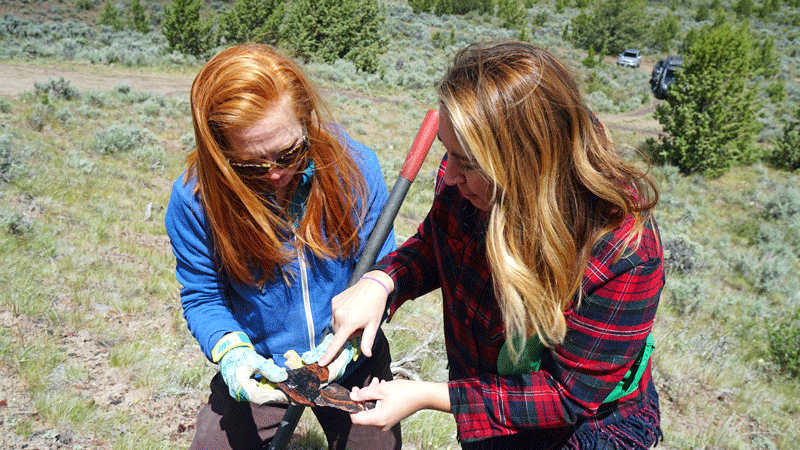
April Anable, vice president of CORC, said the club is an amazing way to learn what rocks are in the area and where to find them. “There’s a vast amount of knowledge in this club,” she said. “In addition to the members, we do field trips once a month which are somewhat guided, so you’ll know exactly what to look for and where.”
Anable said that Bend itself is pretty barren, but an hour east toward the Ochocos or north toward Madras, you’re close to the good spots. “Around Hampton Butte you’ll find petrified wood, and Glass Buttes is unique with all types of obsidian,” she said. “Prineville and the Ochocos have a lot of jasper, petrified wood and agates.”
Membership in the club has grown considerably since the pandemic, and Anable said the group is a diverse one. “The pandemic opened people’s eyes to rockhounding,” she said. “It used to be just the old timers, but we now have more families involved and kids getting into it. The community is pretty awesome.”
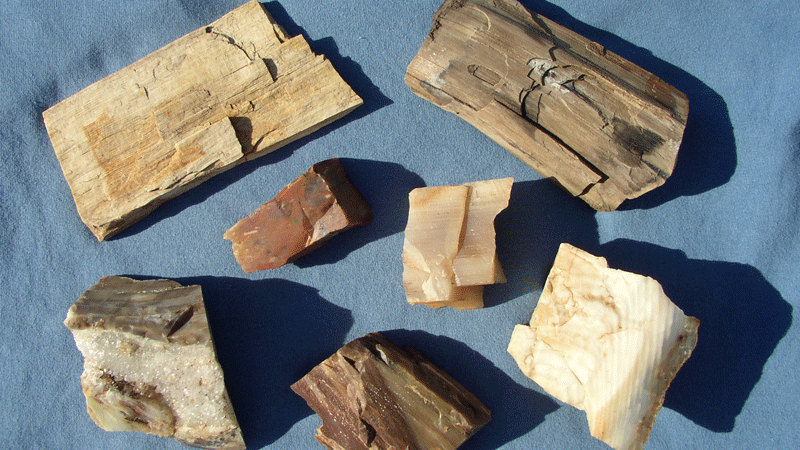
Tim Larocco, owner of the CigarBoxRock Lapidary, Bend’s only rock shop, agrees. “It’s pretty exciting to see the younger generations getting into it,” he said. “But the folks with the most knowledge are the ones who have been doing it all their lives,” he said. “There’s a wealth of expertise there and they know all the good spots—it’s priceless.”
In addition to CORC, there are several maps and guidebooks to help point you in the right direction. The Prineville Bureau of Land Management district created a popular Central Oregon rockhounding map, which is available for purchase from the Prineville Chamber, the BLM Prineville District, Deschutes National Forest and the Ochoco National Forest, as well as other locations such as the CigarBoxRock Lapidary. Rockhounding Oregon and Gem Trails of Oregon are two guidebooks that also give a wealth of information, including tools, where to go and what to look for. Collection limits vary by location and material, so be sure to do a little research before you go.
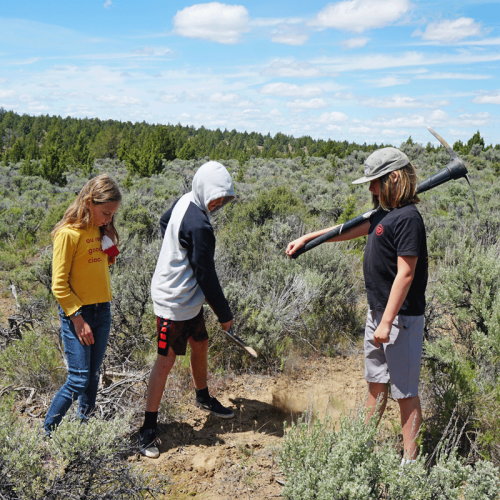
Once a location is homed in, all you really need is a shovel, bucket and a keen eye. A few other basic tools, most of which can be found around the house or garage, will come in handy as well: a pry bar, a magnifying glass, a spray bottle (helps to clean and identify in the field); safety glasses, work gloves and a magnet for identifying meteorites and other iron-bearing rocks like hematite and magnetite. And of course, keep in mind that unless you are digging at a private dig site (with permission), you will be in the wilderness so the essentials like a map and compass (and a spare tire around Glass Buttes!) are a must. Lastly, remember to always follow the Leave No Trace principles and leave a location better than you found it.
Once you’ve found your rocks, consider purchasing a tumbler for polishing and finishing. Like many activities, once you get hooked you can quickly go down a rabbit hole with gear. “The lapidary side of things is a slippery slope,” CORC’s Anable joked. “You buy one rock tumbler and then all of the sudden you have rock saws and bigger tumblers.” Plan for next year to check out all of the goods, as well as prized rocks, at two local rock and gem shows that are held in the spring in Prineville and Madras.
When it comes down to it, for rockhounds such as Anable, the true joy of rockhounding is the discovery. “For me, it’s like an adult treasure hunt,” she said. “As a kid, you see a pretty rock on the ground, you pick it up. Some of us just never outgrow that.”

